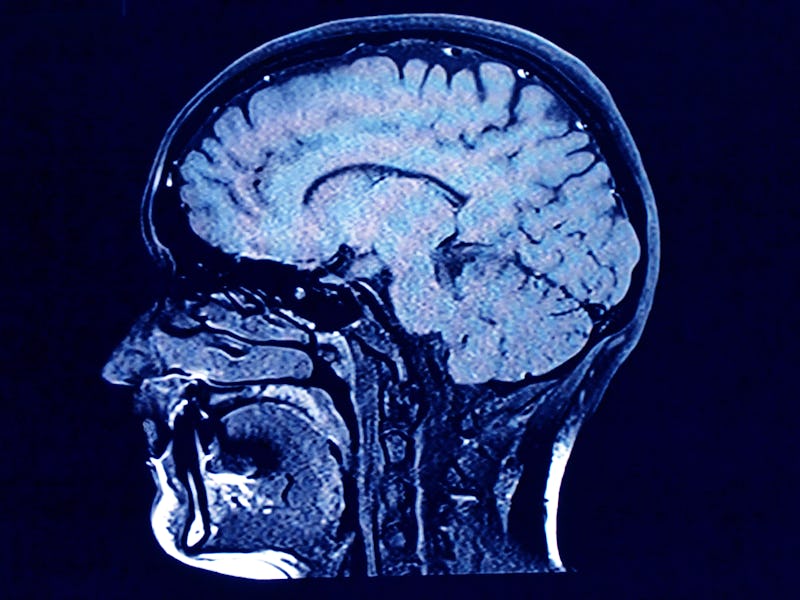Scientists discover the roots of consciousness in the brain
The "alternative activation" of two brain networks may be a signature of consciousness.

Consciousness is an elusive realm of science that has confused and incited scientists for decades.
But a study published in March of this year uncovered something new and vital about the phenomenon.
It confirmed a notion that already been conceived: that consciousness is a delicate balancing act between an individual’s self-awareness combined with an awareness of their surroundings — and that this is balance is kept in check by the alternating activation of two neural networks, the default mode network, or DMN, and the dorsal attention network, or DAN.
Inverse is counting down the 20 stories redefining 'human' from 2020. This is number 1. See the full list here.
This was an exciting step in the direction of untangling such a complex topic. “Indirectly, we have some kind of novel scientific insight into the neurobiology of consciousness,” Zirui Huang, lead author of the study and researcher at the University of Michigan Medical School, told Inverse.
Both of these brain networks hold almost-opposite functions: The former, the DMN, is basically the mode of your brain when it’s idle, or at rest. The latter, the DAT, kicks into action when you’re focused on a specific task.
The two systems are said to be anti-correlated, meaning that when one is active, the other is not. “Studies have shown that the anti-correlation of the two networks is vital for maintaining ongoing interaction between self and the environment, [and] that contributes to consciousness,” Huang told Inverse.
How did they make this discovery? The researchers analyzed hundreds of 3-D fMRI scans of participants, who were either healthy and non-anesthetized, or patients who had been given the common anesthetic drugs ketamine or propofol. A third group was individuals with a disorder called unresponsive wakefulness syndrome (UWS), also called a vegetative state.
By employing machine-learning techniques, the team succeeded in uncovering eight primary functional networks of brain activity: the DAT and the DMN, as well as six other networks, including the frontoparietal network, the sensory and motor network, the visual network, the ventral attention network, and the global network of activation and deactivation.
In the patients who had been rendered unresponsive, either due to being anesthetized or from their condition, the researchers noted the absence of this pattern of brain activity — the two networks were activated much less often than the others. This suggests that “the give-and-take relationship of the two systems may be particularly important for normal levels of consciousness,” the study team writes.
While this doesn’t solve the mystery of consciousness once and for all, it does make the picture a little less grainy. One day, the team’s work could be applied to gauge consciousness; for example, to monitor anesthesia during surgery, or to come up with treatments for disorders of consciousness.
Inverse is counting down the 20 stories redefining 'human' from 2020. This is number 1. Read the original story here.